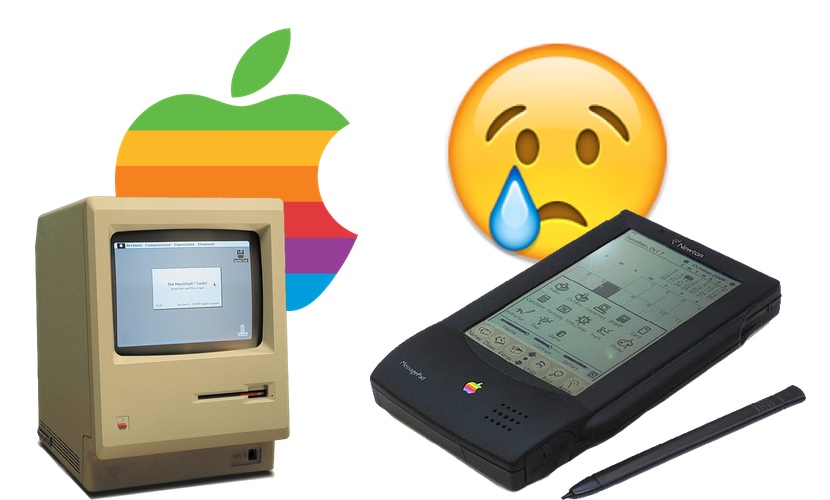
In 1984 the Macintosh was introduced, a very risky personal computer by the company, which had been created under the direction of our beloved Steve Jobs. Sales expectations were very high and it ended up being a failure. Later, in 1985, the founder of the bitten apple was fired from his own company.
This is the story of what happened to Apple, its computers and its new products during the times when Jobs was away working in other companies and the strategy that Apple took the following years.
Apple without its captain, one more company
We already talked about creating Pixar and Steve Jobs's influence on it, who not only ran it for a time, but also financed it from the beginning and saved it from Disney's clutches, even though both companies continued to work together.
Sales of the Macintosh got off to a good start, as far as possible, but gradually declined. Little power, little compatibility ... important factors that Steve Jobs wanted for his computer, arguing that it was enough and that it was perfect. After throwing it out, Apple kept updating the Macintosh every so often to try to continue selling some models, although their market share was greatly reduced. The Apple II continued to be a good earner for a few years, but they knew that sooner or later they would have to do something or go out of business.
With no direction or destination, Apple followed doing what he had always done, only this time they were like sheep without a shepherd. Steve Jobs may not have been as important within the company in the XNUMXs and XNUMXs as he did later on after his return around the block, but in the projects he worked on, he knew how to demand more and criticized what he did not like. He made computers look so attractive, with the curved edges of the windows, with the interface more adapted to people and users of all kinds, not just computer scientists.
Products and more products without much sense
They even made their own printers and products of all kinds, hoping to boost sales and to give the shareholders money, maintaining a good income figure and a success that although it was very low, at least managed to keep the company afloat. We also saw their laptops, the famous PowerBooks, with an ugly and rough design, like the others of the time. They called them portable but the truth is that they were not, because between the bad battery they could have and what they weighed, they forced you to establish it in a fixed point. Of course, you could easily take it to another table later.
The icing on the apple pie was an electronic diary, the famous Apple Newton, which tried to be revolutionary and comfortable, but that in day-to-day life was neither useful nor easy to use. Something that no one needed but that was beginning to become fashionable by all manufacturing companies. It was the last failure before the company went bankrupt and had to be bailed out by its main competitor, Bill Gates. He didn't buy it, but he did help finance it to avoid turning Microsoft into a monopoly. Later he would regret it.
The return of the exiled father
Steve Jobs introduced the Next computer in 1988, and later his operating system, which it was just what Apple needed for its Macintosh. After the purchase of the Next company by the creators of the Mac, Jobs returned to his team and began to make big changes in the company, leading it to success with the iMac in 1998 and the Macbook, with the iPod in 2001, with the iPhone in 2007 and the iPad in the 201st. Of course, he eliminated everything that was left over and what was causing them to lose profits and steered the company on the right track.
Now, even if Steve is not with us, Apple can be on the right track and I think it is well guided by Tim Cook. They have the experience of the failure of the bad years and will not repeat the same mistakes.
But with Cook I think they have returned to the same, one operating system after another that is just more of the same, little innovation compared to the return of Jobs.